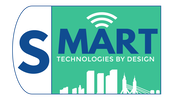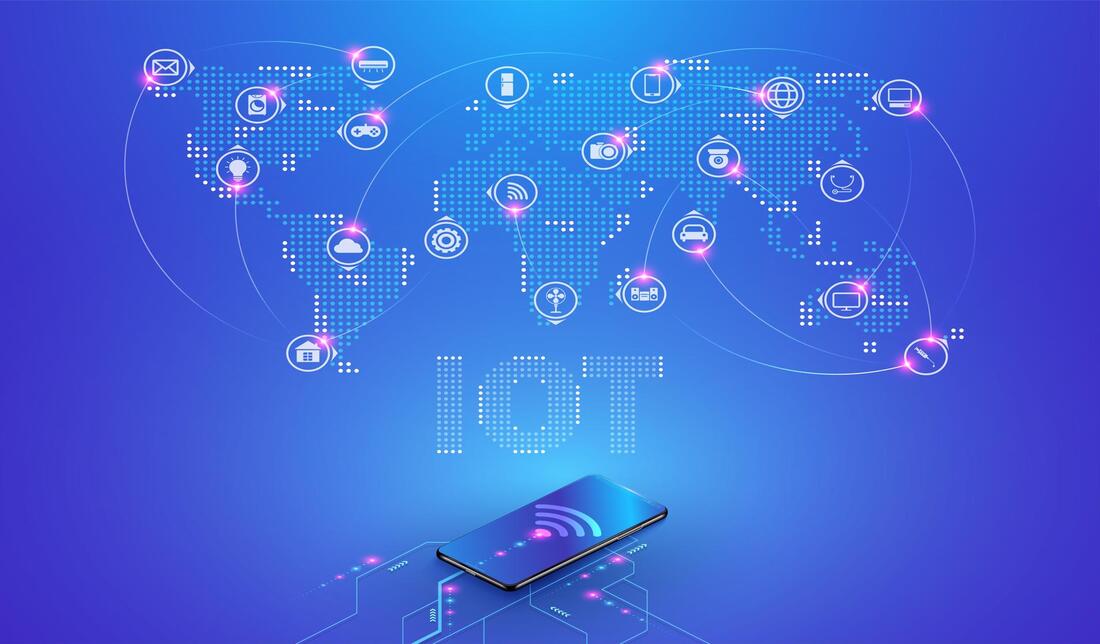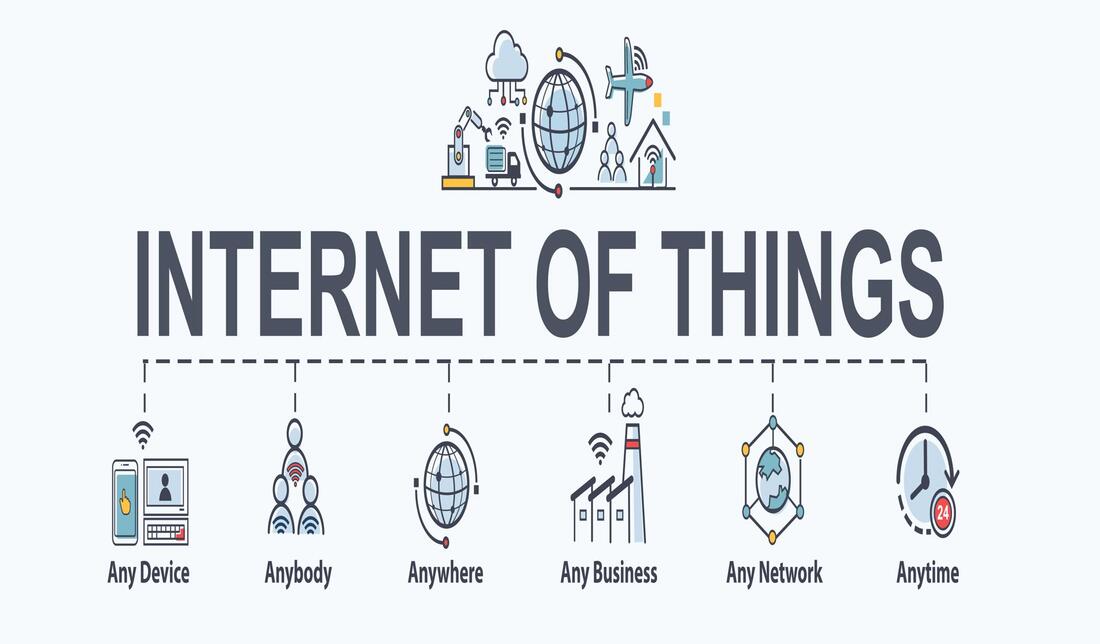|
This article is a continuation of the series of articles for disruptive technologies for smart cities we started publishing back in April, 2020. It is result of the ongoing Erasmus+ project Smart technologies by design (Smart by Design) and is based on the outputs produced by the project partners led GAIA & DEUSTO. Current SituationIt is expected that Internet of Things may be considered as the arrival of new disruption in the digital realm. The term is quite recent. It was in 2009 when Kevin Ashton, a professor at MIT at that time, used the expression Internet of Things. In a summary it can be described that it is based on interconnection of any product with any other around it. Its significance is brutal and, according to a report by McKinsey Global Institute (Manyika, J., 2015), IoT is one of the 12 most important technological trends for the future. It is difficult to make estimates in this area and vary based on the source. In terms of the number of embedded devices, taking into account that every human being is surrounded by at least about 1,000 to 5,000 objects, it is not unreasonable to expect that Internet of Things could grow to over 30 million devices in 2020 and 75 million in 2025, although there are forecasts, such as Gartner which are much higher. The business turnover of IoT platforms market is expected to reach a market value of one billion dollars by 2019 and 1.6 billion dollars by 2021, although there are estimates that far outweigh these forecasts. Existing PlatformsThe IoT platforms are the superbase for interconnecting devices and for generating an ecosystem of their own (Ashton, K. 2011). At present the issue is not the number of platforms, over 300 have been identified, but what this high number shows. It is an immature “space”, which is being accessed by large number of potential service providers. Some of the important platforms are:
Existing StandardsThe fact that there are no consolidated standards regarding connection, protocols and, in particular, security is a decisive factor for the expansion of IoT. Since the past few years there are a number of associations of players in this field working to define these standards (AIISeen Alliance, ZigBee, Open Interconnect Consortium…), as well as global leaders such as Google or Apple are positioning themselves on elements to standardise, such as connection. In fact, there is still a long way to go, although currently progress is being made. Concentration movements, such as the Open Connectivity Foundation are happening, which bring together several of the existing consortia, giving rise to standards such as IEEE P2413, for internet architecture. Key ApplicationsIoT has application in virtually all sectors and environments, some of them include (CeArley, D et al,. 2012):·
Expected Evolution Over TimeIt is expected that the evolution of the importance of IoT in the field of interconnectivity will be a determining factor in the near future. The estimated evolution of basic elements in this area are expected as follows: PlatformsIt is expected that not more than 10% of the platforms currently running or being advertised in the market are going to survive in the short term (Chatelain, J. et al,. 2017). The features of the ones that will survive will be:·
StandardsKFIWARE is an open source initiative that aims to promote the creation of standards needed to develop Smart applications in different domains. There are also agreements between companies to create common standards: Open Connectivity Foundation (OCF), born from the Alliance between AllSeen and Open Interconnect Consortium, backed by Intel (IEEE P2413 by end 2017) is to serve all kinds of industries, as well as for consumer devices, and although it will not replace the existing data formats it will serve to reduce the effort these devices need to share data. There are technologies to function as common interoperability layers, such as: Dotdot, presented at CES by the ZigBee Alliance, which aspires to become the universal language of the Internet of Things. On its behalf, Sigma Designs has presented the Z-Wave language, which aspires to become the layer with which the developers can integrate services and applications in IoT networks through cloud platforms, such as Apple HomeKit. Key Potential Applications Although Internet of Things is a reality now, trends to which they will be applied are as follows:
Author KISMC |
AuthorSmart by Design Archives
September 2021
Categories
All
|
|
The SMART by Technologies Design project [SMART by Design] Project No. 2019-1-BG01-KA202-062298 has been co-funded by the Erasmus+ Programme of the European Union.
This website reflects the views only of the author, and the European Commission cannot be held responsible for any use which may be made of the information contained therein |
SMART BY DESIGN |
SUPPORT |
Copyright ®2020 SMART BY DESIGN. All rights reserved.



 RSS Feed
RSS Feed
